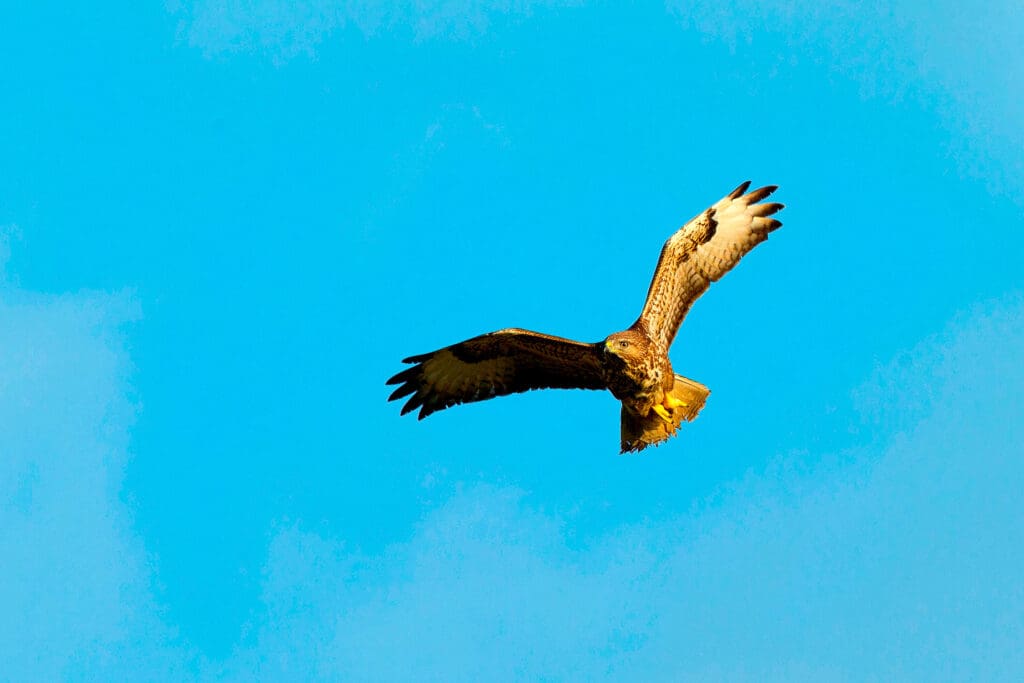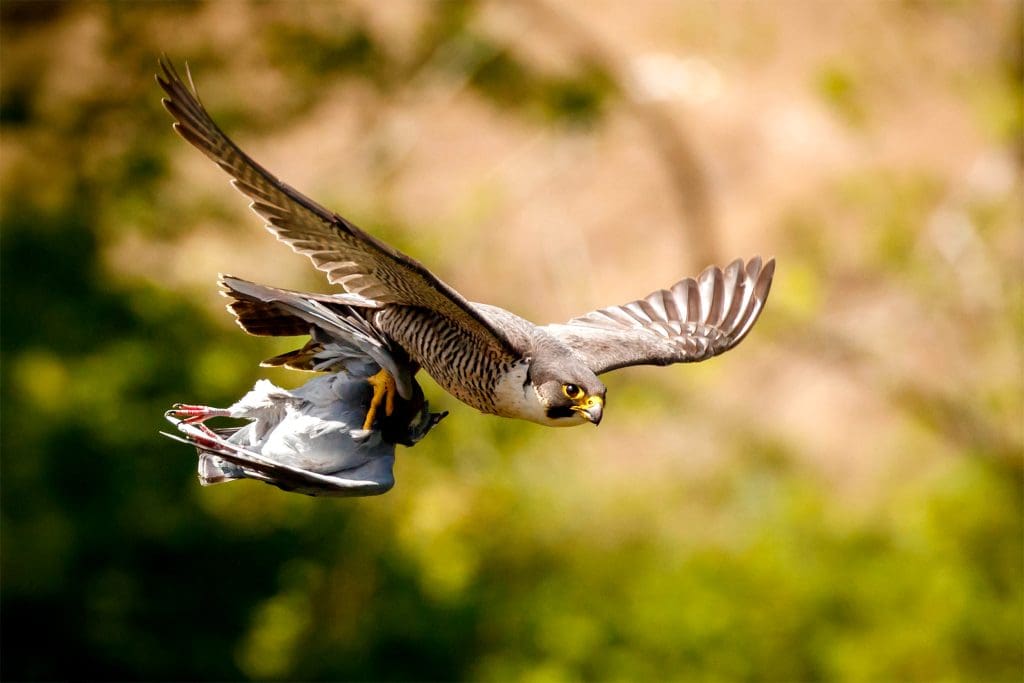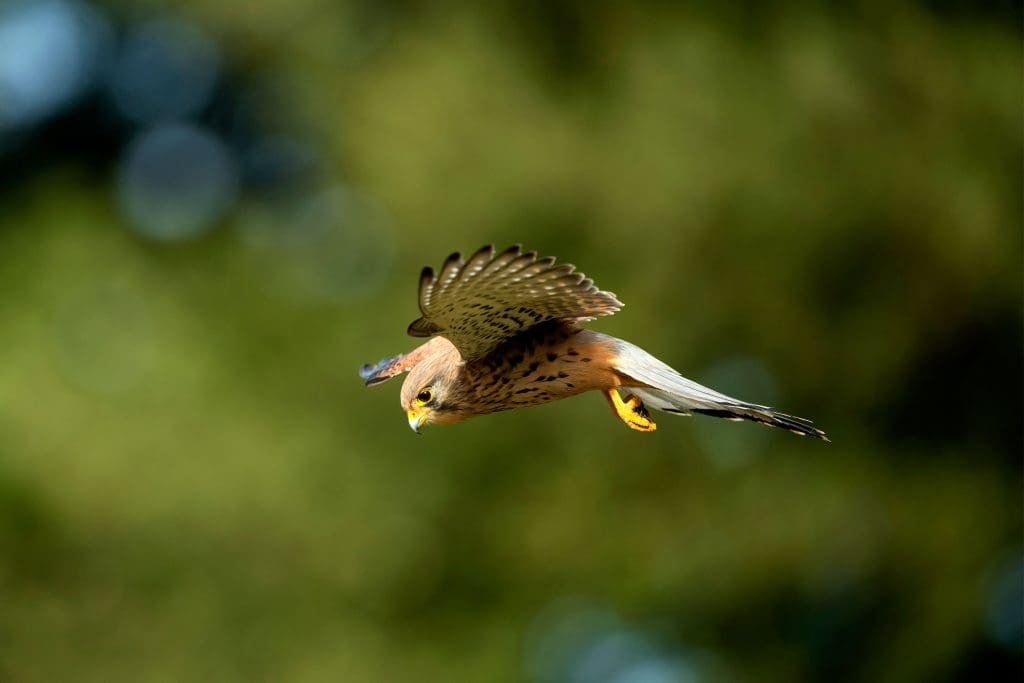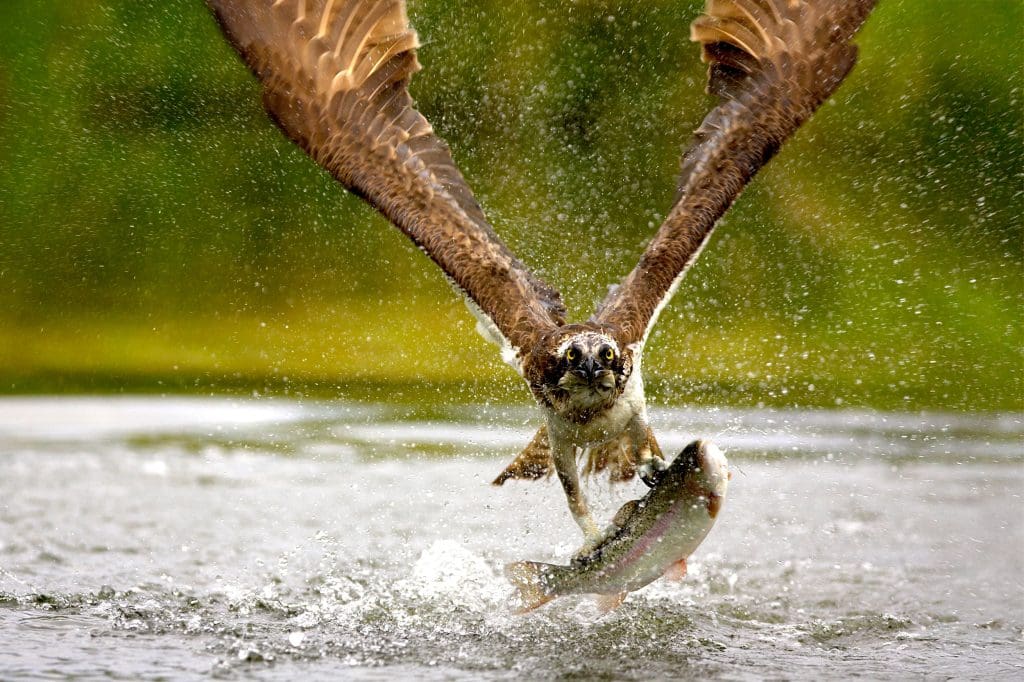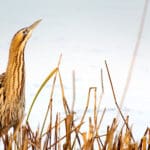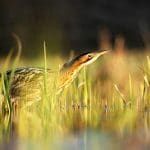The summer is upon us and, in the next few weeks, many young birds will be entering the world. It’s easy to understand the perils of a fluffy-plumaged tit or sparrow, but what about a young raptor? It must learn to hunt or will quickly die. How does it do it?
Part of the thrill of birds of prey – those with hooked bills and sharp talons – lies in how they negotiate the obvious difficulty of catching prey that tries hard to evade capture. Some birds of prey are highly specialised – for instance, Ospreys dive down to catch fish at the water surface, while Peregrines snatch birds in flight. Buzzards, on the other hand, can plunge-dive from a height, hover or wander over a muddy field eating worms, using multiple different skills.
Bird of prey chicks are unusual in their long period of dependence on their parents after they have left the nest – for example, that’s 27 days for a Sparrowhawk. During this time, their flight feathers grow and they become more efficient on the wing. They also, potentially, have plenty of time to watch how their parents hunt, and to pick up a few tips. But do they do so?
Perhaps surprisingly, the answer is no. Hunting is innate. Ospreys plunge-dive even when captive-bred and having never observed their peers fishing. Fledglings of those species studied rarely even follow their parents to the latter’s hunting sites, let alone watch. Fascinatingly, though, siblings often learn together. Members of Osprey broods imitate each other’s attempted techniques if successful and learn faster than singletons. Broods of Merlins hunt insects, such as dragonflies, together. But this isn’t necessarily essential.
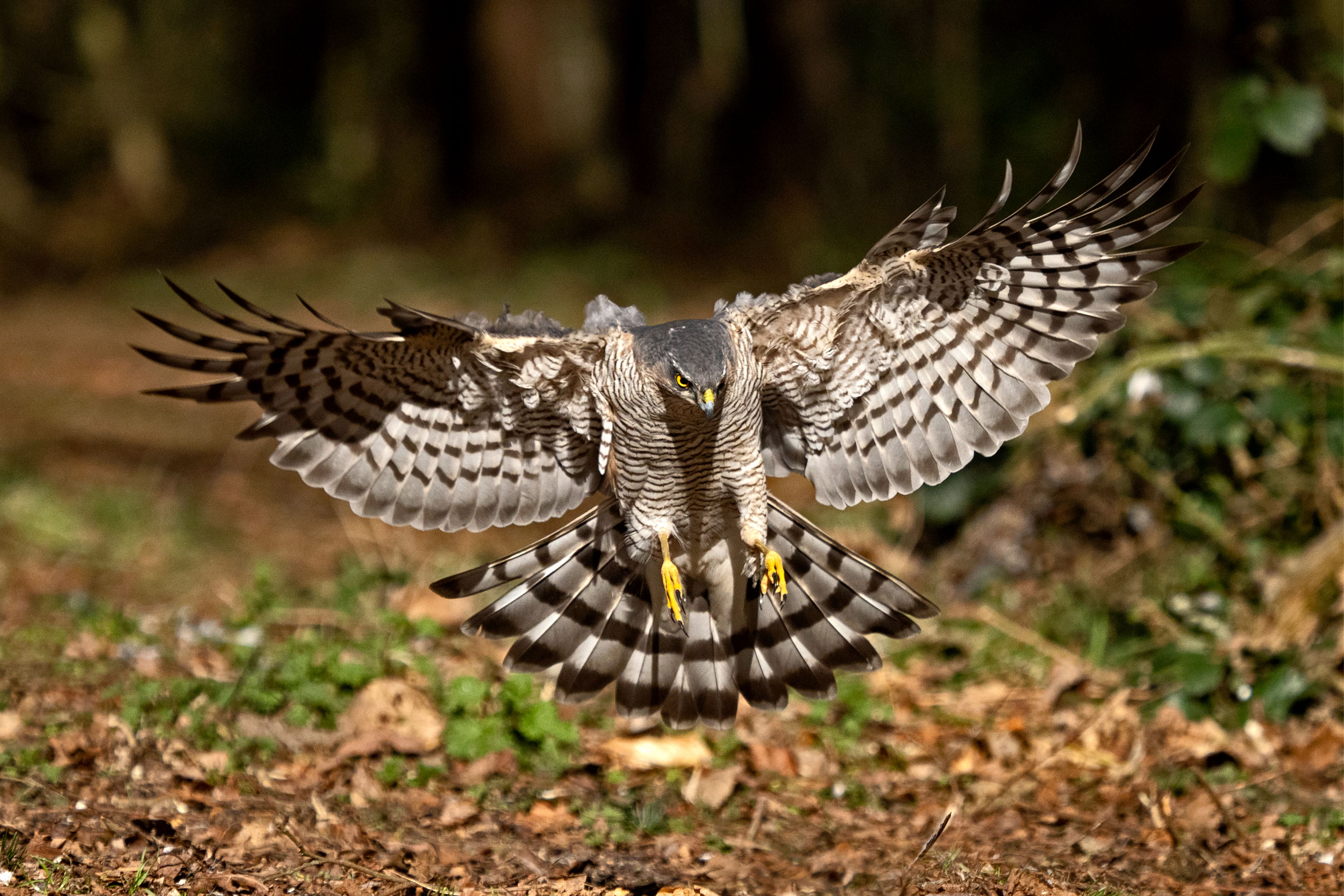
Sparrowhawk. Photo: David Tipling (rspb-images.com)
Sparrowhawk hunt step by step
- Sparrowhawks will spend some time scouting, observing prey.
- They begin by perching silently in a concealed place.
- First approach is concealed. Often uses a hedge as cover.
- Waits for individual or a flock of prey species to gather in a feeding spot.
- Final ambush as it approaches at high speed, allowing prey little time to escape.
- Always strikes with talons first. Usually strikes in flight.
- Sharp claws quickly kill prey, which is brought to a plucking perch or is eaten on the ground.
Learning is vital, though, and many bird of prey fledglings play with inanimate objects. They also play-fight with siblings and may mock-hunt anything that moves, even another non-prey species of bird or even mammals. In this way they can hone skills. They also practise on low-hanging fruit. As well as Merlins, many other species, even hawks and harriers, regularly practise their skills on invertebrates, even if this isn’t their regular food. Slow-flying insects are ideal targets.
Eventually, all surviving individuals become hunting machines, but they’re not all the same. Some Kestrels, for example, which usually hover to catch voles, will instead become experts at hunting birds. Individuals exhibit preferences and specific expertise. They have to adapt to changing weather, location and seasons, too. They must learn quickly. A combination of innate and acquired skills keeps them alive.
This topic was chosen by Caroline Wright, member since 2021 whose garden has plenty of sparrows, Blackbirds, two scrapping Robins and occasional visits from a Sparrowhawk.
You might also like
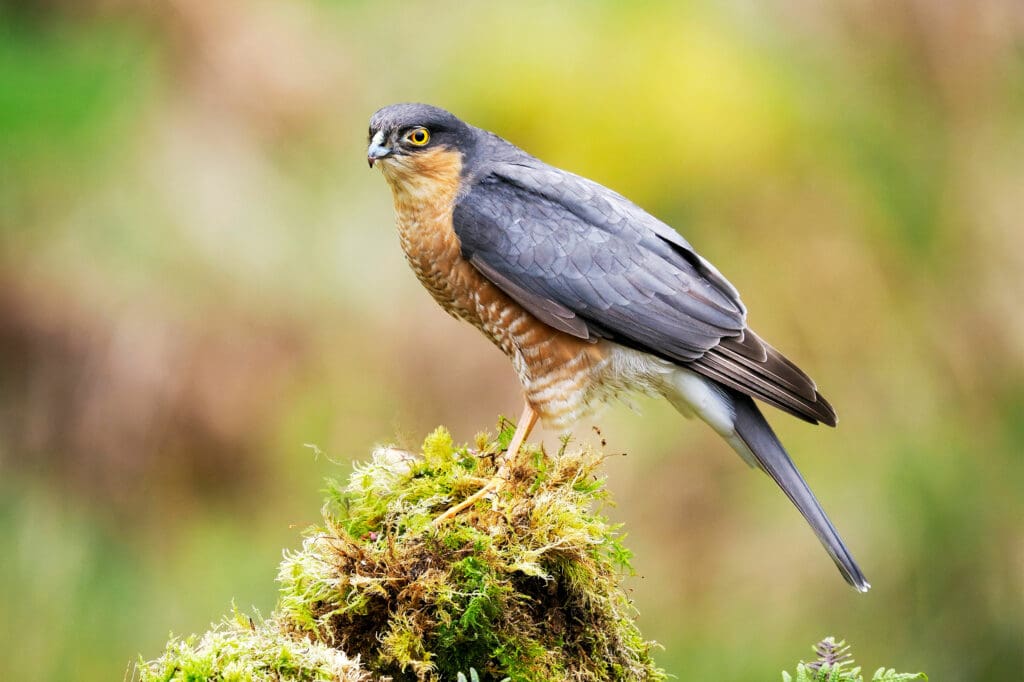
The tale of tails: what are they for?
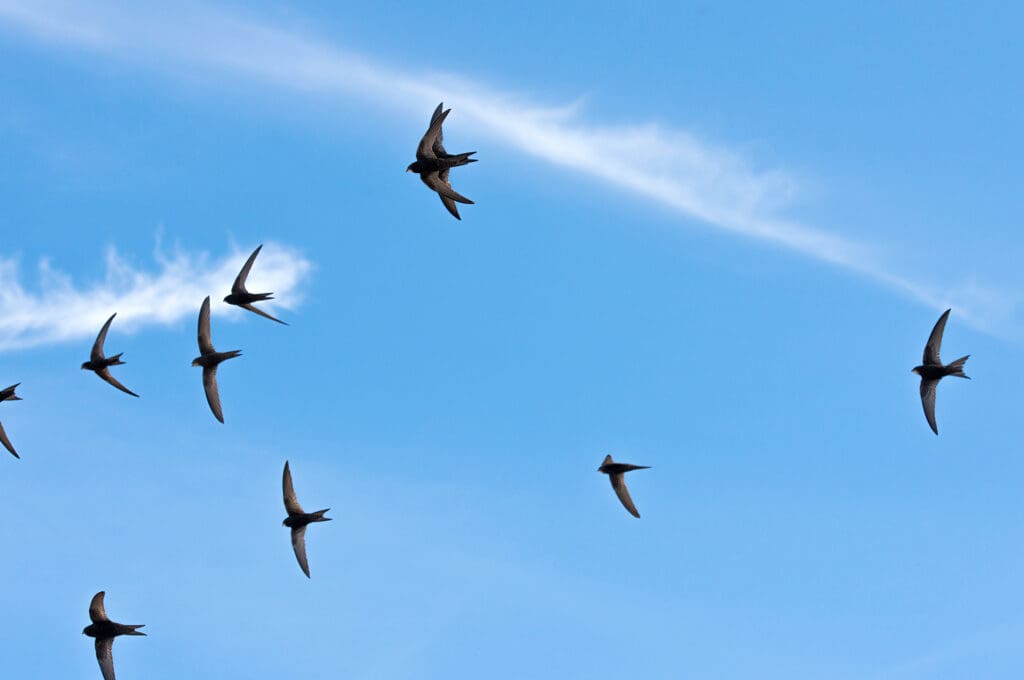
All about Swifts
